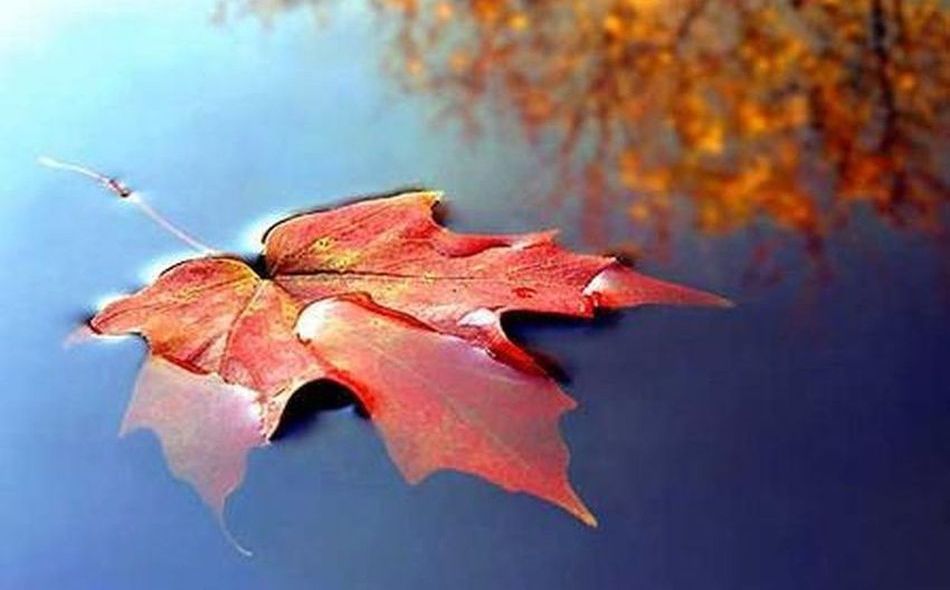With the massive fall of leaves and species beginning to dry up, the spaces housing water and plants in the garden now require certain tasks to see them splendorous again in spring.
When autumn arrives, the main care for the health of the pond and the aquatic plants that inhabit it is to avoid the incorporation of large amounts of organic matter, either by the fall of leaves characteristic of this time, or by the species palustres, floating and rooted that dry up with the first frosts.
The decomposition of all this material in the water body generates a double problem. On the one hand, the gases caused by fermentation, dissolved in water, can affect fish; on the other hand, the nutrients caused in this process serve as food for algae, especially at the beginning of spring, when they proliferate.
To avoid these problems, the most effective option is to cover the water with a net that prevents the entry of leaves or, if possible, with a transparent nylon. This not only serves the same function, but also acts as a greenhouse, prolonging the growth and flowering of some species, allowing us to continue enjoying the pond. If it is not possible to cover it, remove the leaves on the surface with a flake or net and clean the mulch that accumulates on the bottom.
Also at this time it is necessary to prune all the dry or burnt material by the cold, especially that of the palustres and floating, which is the most voluminous.
Solutions start at the very moment we plan the construction of the pond, looking for places that are away from deciduous trees. This will not only prevent a massive fall of leaves in the water, but also the possible breakage of the pond by the action of the roots.
Another topic to keep in mind about the care of ponds in autumn is to know which wind predominates in the area and which is its main direction. In this way, it is avoided to drag the fallen material towards the pond. One solution is to place high marsh species as a barrier.
